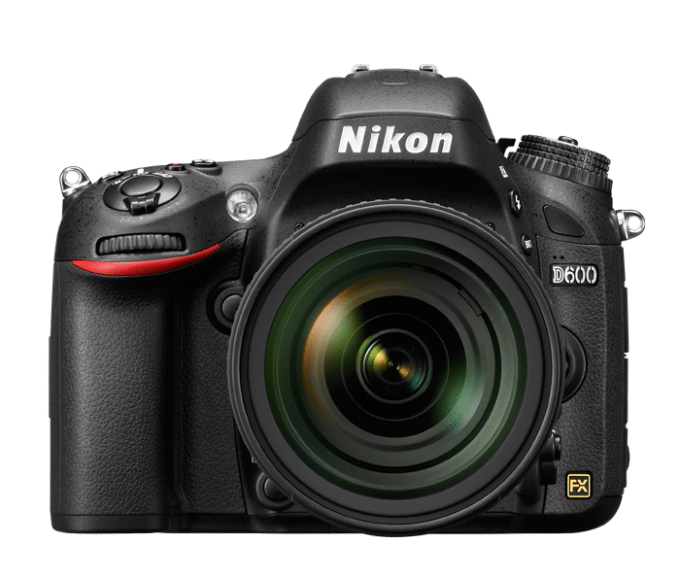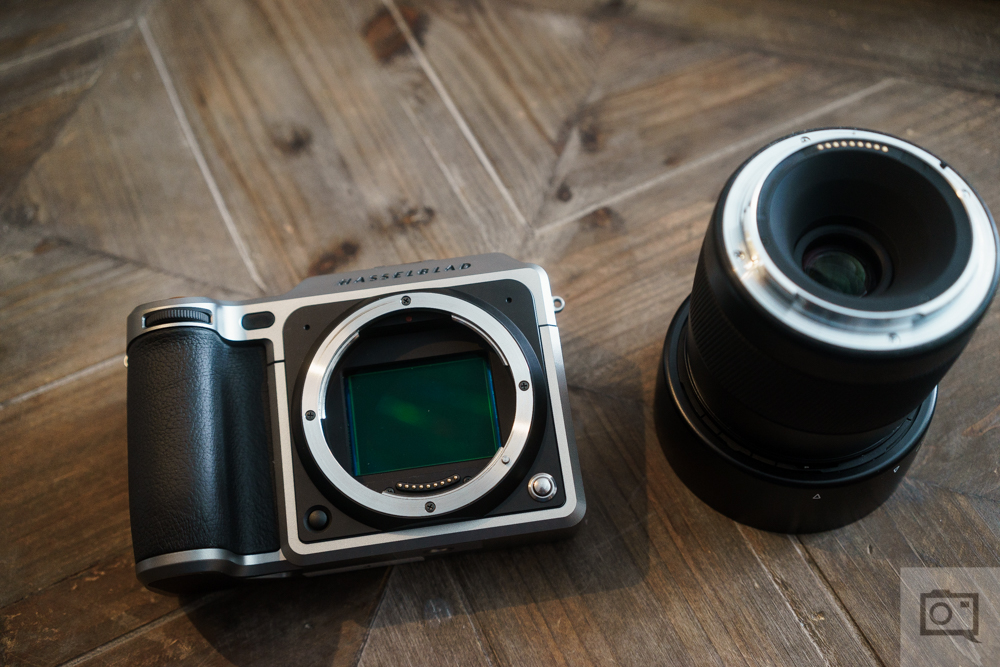Last Updated on 05/10/2018 by Mark Beckenbach
Are camera makers taking advantage of early adopters; effectively using them as third-party QA testers?
We have seen many products over the last several years, across many manufacturers, launch with unacceptable malfunctions and issues. Probably the most egregious example in recent memory was the [amazon_textlink asin=’B074HMSK15′ text=’Hasselblad X1D’ template=’ProductLink’ store=’thephobl-20′ marketplace=’US’ link_id=’7dfefbbc-31ee-11e8-b202-6585418ad9c2′], with its barely useable firmware. But to a somewhat lesser extent on other bodies as well, for example Fujifilm’s new X-H1 (which is being patched), and do I need to mention Nikon’s somewhat recent past with launch issues after launch issues?
This also comes at a time where companies are pushing pre-orders more often, causing people to spend money on products that still need more refinement (sometimes a lot more refinement) from the company before truly being ready for the masses. I will save the Hasselblad argument for later, but let’s talk about the [amazon_textlink asin=’B079PTRNKK’ text=’X-H1′ template=’ProductLink’ store=’thephobl-20′ marketplace=’US’ link_id=’84fb5018-31ee-11e8-b334-ab38135765b8′], and Fujifilm more generally. The company has built its reputation upon a willingness to constantly improve their gear and squeeze every ounce of performance from their cameras.

But are we really to believe that a freshly launched product, one marketed as a flagship camera for example, should come with so many issues that Fujifilm needs to release a firmware update barely a month after the product started shipping? I think we can all agree that we should be holding these companies to higher standards. Products should not be shipping with bugs that affect its ability to perform its intended function(s). It is somewhat understandable for new technologies to have bugs, the X-H1’s IBIS shooting video for example, but when you also consider that the X-H1 is more or less based around the same tech as the 2yr+ old [amazon_textlink asin=’B01A8DUR74′ text=’X-Pro2′ template=’ProductLink’ store=’thephobl-20′ marketplace=’US’ link_id=’a52bab6f-31ee-11e8-959f-8982b9e9d377′], some of these bugs are baffling.
Good on Fujifilm for being so quick to address the X-H1’s shortcomings; but many of the issues being reported are things affecting enough people that it is amazing to me how no one in the QA department, nor any of the photographers they had test the product ahead of launch, notified Fujifilm about these issues. (If they did, why did Fujifilm go ahead with the launch and not hold off a little to iron out the kinks?) The X-H1 is a very capable camera, and throughout my time with it so far only a few of the reported issues have cropped up, so it’s frustrating to see this sort of inconsistency from them.

But back to Hasselblad, because that was an even more egregious issue. I have not talked to one person who used that camera soon after it started shipping with good things to say about it. The issues, or the majority of them to my knowledge, have been worked out now and the X1D is a fine camera. But the point remains that people should not be spending thousands upon thousands of their hard-earned dollars on half-baked products, only to wait for the company to take months or more just to get the camera to a state where it is usable.
So, what can we do about this problem? As much as it pains me, we need to stop being so quick to pre-order products before a company can prove they did their job and the product is in acceptable working order. If they had to bank on good reviews and word of mouth for their influx of cash they may do a better job of making sure the products are ready for prime time from the get-go. The whole idea of pre-ordering is good, but when it puts money in their pockets before they have even had to show the product is what it claims to be it puts the incentive in the marketing realm, making their product sound like it is the best at XYZ.
That isn’t really a realistic solution though. Not enough of you are going to hold off on preordering the next camera you are excited about. So what else can we do – highlight these problems when they are found, write personal reviews on your blogs, contact these companies and let them know you aren’t happy with the state of the unfinished product you have invested in. If enough people complain, issues like these get solved… quickly.

Take a look at Nikon. They had a pretty bad run with what seemed like a ton of issues with their releases (The D600 snafu is the most obvious example here). But now, several years down the line and most of their latest launches have been relatively issue free. That is a reality: very rarely will a launch be completely perfect. However, there is a difference between a camera being launched with a minor bug here or there that only affects a small number of people under certain very specific circumstances, and one launched with bug after bug producing issues that a wide swath of the early adopters can experience.
So, to all of these companies out there; do better. We need you to do better. It is better to hold off on a launch to iron out issues than to release a half-baked product and expect people to get by while you get up from tripping over your own feet. We, your customers, deserve it. And we would greatly appreciate it.


